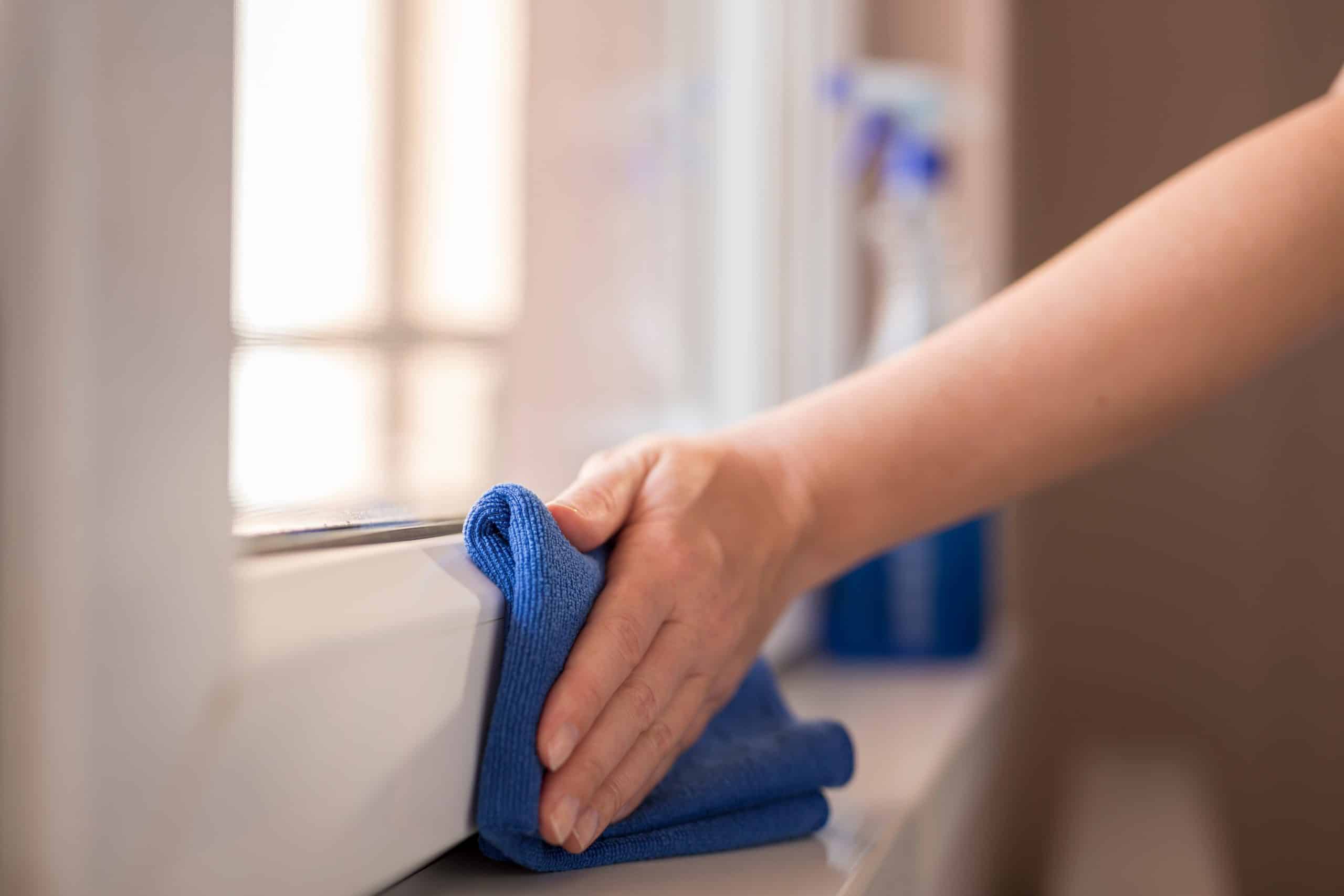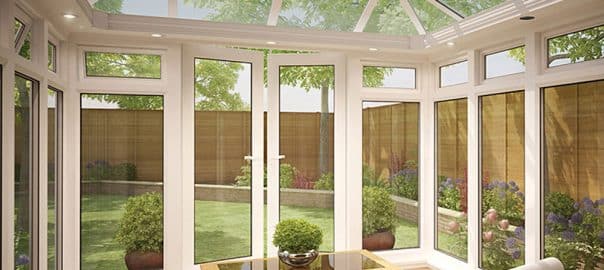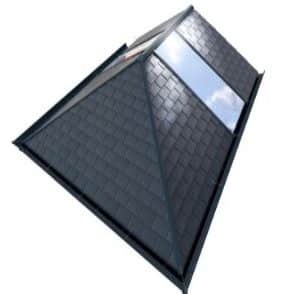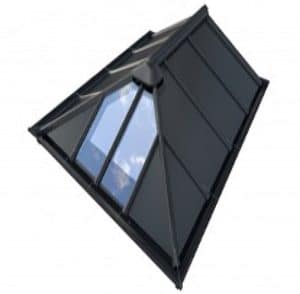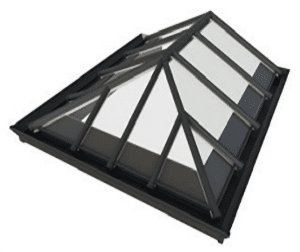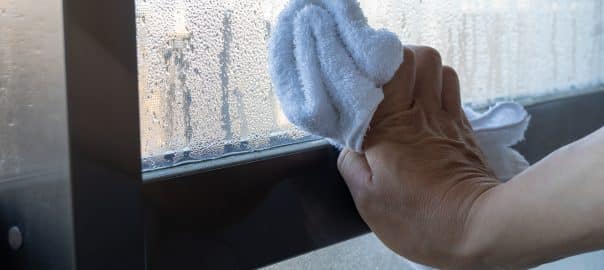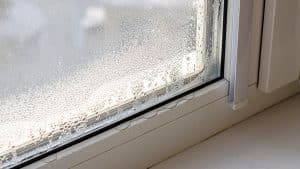If you’re wondering whether you can paint uPVC doors and windows, you’re not alone. This is a common question among homeowners looking for a quick fix to update the look of their property.
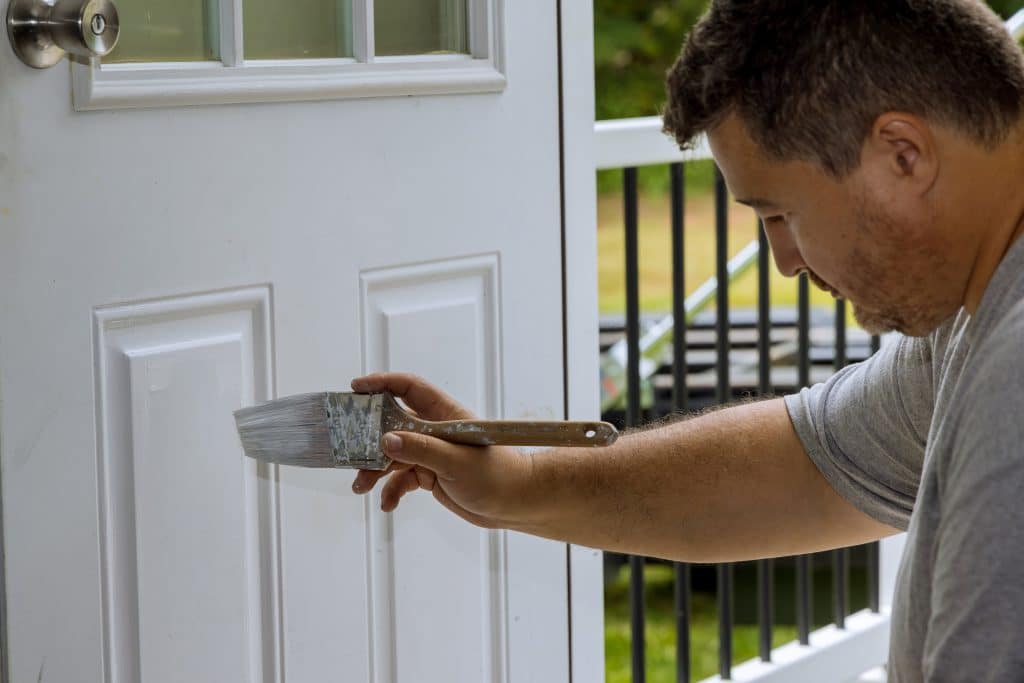
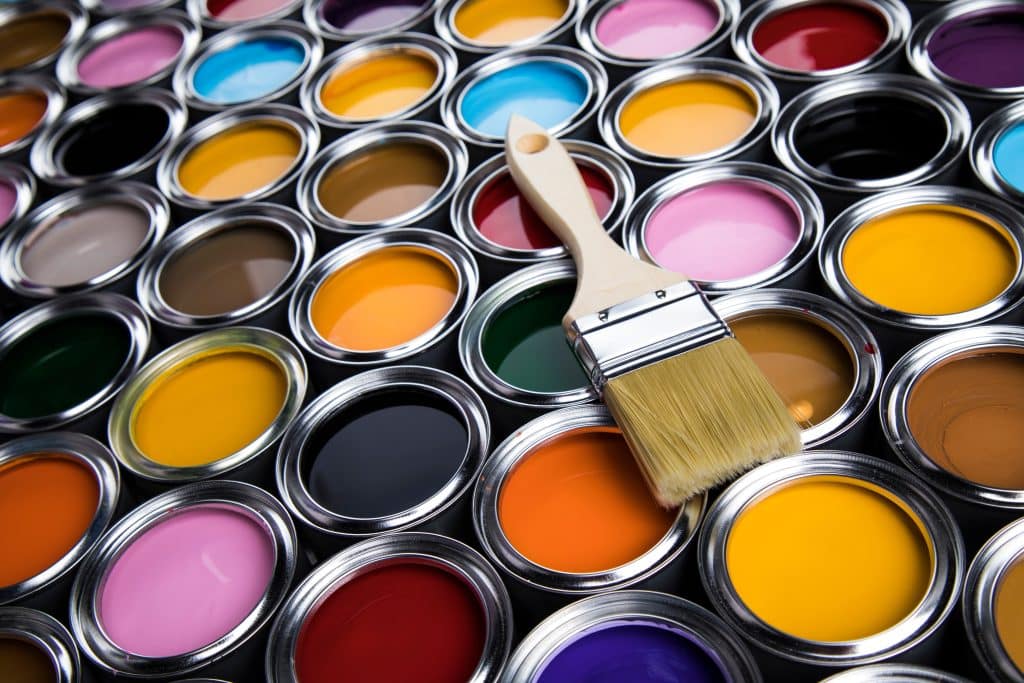
The short answer is: yes, you can paint uPVC, but we wouldn’t recommend it. uPVC windows and doors are designed to be durable, low-maintenance, and resistant to the elements, making painting a less practical option.
Let’s dive into why painting uPVC may not be the best choice, what your alternatives are, and how investing in new uPVC windows and doors can offer a more sustainable and stylish solution.
Learn More on Painting uPVC Windows and Doors by Reading our FAQs:
There are several reasons why you might be tempted to paint your uPVC doors or windows:
- You’ve inherited outdated or faded uPVC windows and doors from a previous homeowner.
- The current colour no longer fits with your design aesthetic.
- The white uPVC has yellowed over time due to UV exposure.
- You’re looking for a cost-effective way to refresh the exterior of your home.
While these concerns are valid, painting isn’t always the right solution.
If your uPVC windows and doors are faded, discoloured, or starting to look tired, it’s worth considering an upgrade. Advances in uPVC technology mean today’s products are more durable, energy-efficient, and stylish than ever before.
Why invest in new uPVC windows and doors?
- Choose from a wide range of colours and finishes to suit your home.
- Enjoy increased security and energy efficiency.
- Benefit from low-maintenance products designed to last for decades.
If you’re not ready to replace your uPVC windows and doors, there are ways to enhance their appearance without resorting to paint:
- Professional Cleaning: Sometimes, a thorough clean with the right products can restore uPVC to its former glory.
- Vinyl Wrapping: A more durable alternative to paint, vinyl wrapping offers a smooth finish and a variety of colour options.
- Decorative Accessories: Update the look of your door with new hardware, like handles or letterboxes, for a fresh feel.
While we strongly recommend considering alternatives, here’s how to paint uPVC if you’re set on doing it:
- Clean and Degrease: Use a suitable uPVC cleaner to remove dirt, grime, and oils.
- Lightly Sand: Gently sand the surface with fine sandpaper to create a key for the paint to adhere to.
- Apply a uPVC Primer: Use a primer specifically designed for uPVC. Allow it to fully cure before applying paint.
- Choose the Right Paint: Opt for an acrylic or polyurethane-based paint with UV resistance. Avoid gloss paints that crack easily on plastic.
- Take Your Time: Use a high-quality brush or, ideally, a spray gun for a smoother finish. Apply thin, even coats and allow each coat to dry fully.
Remember, this process requires time, patience, and the right weather conditions.
- Energy Efficiency: According to the Energy Saving Trust, installing energy-efficient uPVC windows can save a typical detached home in Scotland up to £235 a year on heating bills.
- Curb Appeal: Research shows that over 70% of buyers consider well-maintained doors and windows a key factor when choosing a home. A freshly painted uPVC door may not convey the same quality as a professionally installed new one.
- Durability: Modern uPVC doors and windows, like those supplied by Andrew Wright Windows, come with up to a 10-year guarantee, ensuring long-lasting performance without the need for repainting.
At Andrew Wright Windows, we understand the importance of quality and style when it comes to your home. Our custom uPVC windows and doors are built to last and come in a range of colours, including traditional white, modern greys, and bold statement shades.
With a 10-year warranty and a recycling scheme for old windows, upgrading with Andrew Wright Windows is an investment in both your home’s appearance and the environment.

While it is technically possible to paint uPVC doors and windows, it’s often not the best solution. Instead, consider the long-term benefits of upgrading to modern, high-quality uPVC windows and doors that meet your style and performance needs.
Ready to transform your home? Contact Andrew Wright Windows today for a free consultation and discover our range of stylish, durable, and energy-efficient uPVC solutions.





